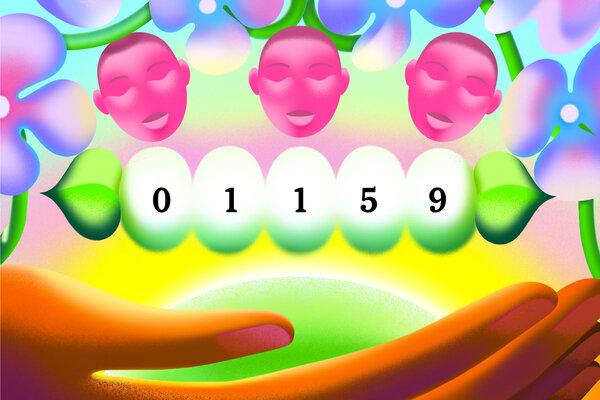The Rise of New York Times Wordle: A Popular Puzzle Phenomenon

Introduction to Wordle
Wordle, the daily word puzzle game that has captivated millions, has found a prominent place in the offerings of The New York Times (NYT). This simple yet addictive game challenges players to guess a five-letter word within six attempts, sparking engagement and conversation around language and problem-solving. Since its acquisition by the NYT, Wordle has not only expanded its audience but has also become an essential part of the modern digital puzzle landscape.
The Popularity Surge
Since being introduced by software engineer Josh Wardle in 2021, Wordle quickly grew from a niche pastime into a viral sensation, with millions of players logging on each day. By January 2022, it was reported that over 2 million people were playing the game daily. The game’s forward momentum caught the attention of The New York Times, which officially purchased Wordle in January 2022, aligning it with their mission to enrich readers’ lives and provide engaging, accessible content.
Integration into The New York Times Ecosystem
Since its integration, the NYT has successfully blended Wordle into its portfolio, which includes a variety of other puzzles such as crosswords and sudoku. The Times has emphasized its commitment to keeping Wordle free for players who wish to access it without a subscription initially. However, as part of its business model, the NYT has encouraged users to become subscribers to enjoy Wordle alongside its other engaging content.
Community and Cultural Impact
The cultural footprint of Wordle can be seen in social media trends, with players frequently sharing daily results, strategies, and insights. The game not only promotes critical thinking but has also fostered a sense of community among players, many of whom engage in friendly competition with friends and family. Hashtags like #Wordle and social media posts showcasing colour-coded guessing strategies have become a part of the daily routine for many. This phenomenon highlights the game’s influence in bridging digital interactions with traditional puzzle-solving.
Conclusion and Future Outlook
The New York Times Wordle stands as a testament to the enduring popularity and relevance of word puzzles in contemporary society. As user engagement continues to grow, the potential for Wordle to expand into themed editions or to incorporate various linguistic challenges remains promising. Whether through special events or cross-promotional activities, the NYT is poised to maintain Wordle’s stature as a staple of digital entertainment, continuing to attract new generations of puzzle enthusiasts while keeping long-time fans engaged. As it evolves, the significance of Wordle will likely expand, further solidifying its place in the entertainment landscape.
